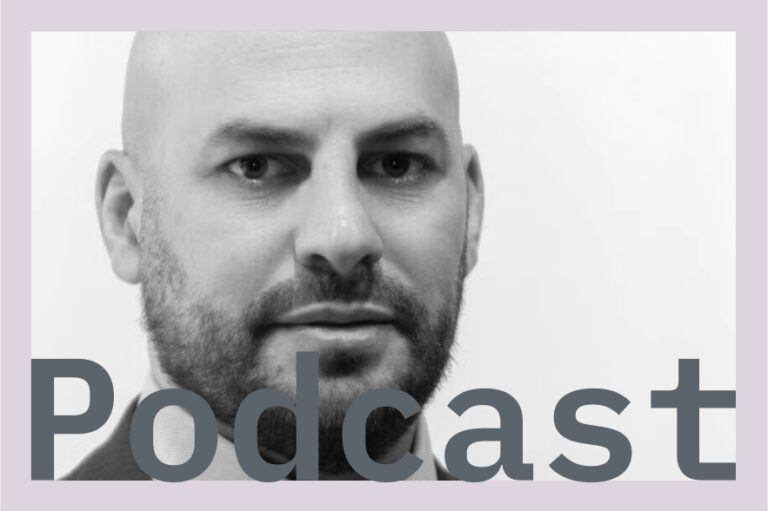
I heard a lot of variations on the phrase ‘we’ve had two years worth of digital transformation in two months’ last year. As far as project management is concerned, I’m delighted by any innovation – it can’t come fast enough.
I’ve worked in and around project management for two decades. I’ve seen the good, the bad and the ugly in terms of process and practice. And a lot of change in how we do things.
Project management encompasses a lot of moving parts and it has always been a struggle to get an overview of any assignment. In the past it took a lot of manual effort to keep on top of all the tracks contributing to a big project and I really could have done with a ‘red flag’ system that didn’t require so much of my time.
There were also a lot of pain points that can be attributed to human error. The amount of information shared between teams inevitably meant things were overlooked, not followed up on or ignored. I can’t blame people too much for this – it’s part of human nature and you must factor it in, no matter how frustrating.
The first big sea change in project management for me was the arrival of scrum as a methodology. It is a great framework for helping teams manage and structure their work in an agile way – chunking tasks up and placing a greater emphasis on how you react rather than trying to control everything from the off was a revelation.
But a new methodology did not solve all my headaches. As the manager there is still a requirement to patrol all the parameters of a project and so many variables to monitor. Is your team happy? Is the client happy? Is the technology on track?
Handling the human aspects of a job
My descent into project management hell on one job a while back came from juggling so many of these variables – most of them to do with the human aspects of the project. I’m sure many of you can relate when I say internal politics and a poor client relationship can really knock you off course.
I had to put a lot of effort into building trust with the customer through openness and transparency to make that project a success. It was exhausting. But it did reinforce my feeling that the project manager’s most important job is to handle interpersonal relationships. That’s the key to solving problems, and something technology can’t yet replace.
We are at an inflection point now where there is more help to remove the burden of day-to-day administration in the form of AI and machine learning (ML) tools. Most business software already uses ML to some degree. When you enter data, algorithms can guess what you want to input and make autocomplete suggestions; or setting up a task might trigger automatic reminders.
The big picture
his is useful stuff but what I’m most excited about is the opportunities true AI-driven project management tools provide and how they can help someone like myself see the big picture.
We all want our companies to grow but a whole level of uncertainty is introduced as businesses take on new employees or new types of projects. Being able to estimate how long or resource-heavy a specific task might be requires analysing a lot of historical and contextual data. It’s a challenge but an essential first step for any assignment.
An AI-based project management system can explore all tasks, past and present, add this information to data such as the availability and skill levels of potential team members and offer an estimate in a fraction of the time it would take a human project manager to perform the same task.
Any tool that can help me quickly decide which team members should be allocated which tasks is invaluable. There are many variables in this kind of decision – who is the most experienced? Have they worked on similar tasks before? How quickly have they completed similar tasks? It could take me hours to sort this out if I have a multinational, sizable team to choose from. But using data recorded from previous projects such as timesheets, the AI powered software can auto-allocate team members to project stages – or suggest alternatives if needed.
Any tool that can help me quickly decide which team members should be allocated which tasks is invaluable.
Another of the most time-consuming and annoying parts of the process is managing workflow. Schedules can crumble under the pressure of colliding projects, extra demands on team members’ time and overruns.
Intelligent scheduling can create templates for schedules based on similar projects and allocate resources based not just on capability but availability. By digesting previous work patterns, auto scheduling can determine if it’s the right time to allocate that specific team member within the schedule. These kinds of innovations help project managers get closer to a single source of truth for their schedule.
The ability to adapt and readjust as new elements are added means timelines stay flexible but we can all meet our deadlines. I am delighted by any tool that can help avoid the bugbear of ‘scope creep’ that grows like a weed when there is no proper schedule management.
A perfect project management future
These kinds of developments are big wins for me. They point the way forward to the future of project management, one where there is predictive intelligent software that can anticipate what factors might contribute to the wheels coming off and course correct with minimum input from me.
We are not quite there with AI. It is still in its infancy, but the potential capabilities of such tools are huge and we are definitely at an inflection point. AI is solving problems I thought I’d face forever as a manager.
Project managers need to focus on nurturing those important internal and external human connections to deliver success. AI will deliver efficiencies in time and resource management while allowing the human in the business mix to do what they are most effective at – handling relationships.

Damantha Boteju is Chief Technology Officer at Forecast, where he is building the next generation of project management software, creating a system of intelligence, not just a system of record.


